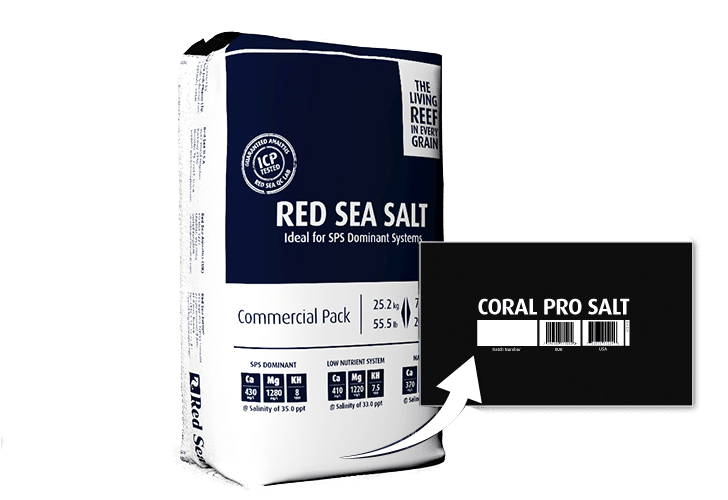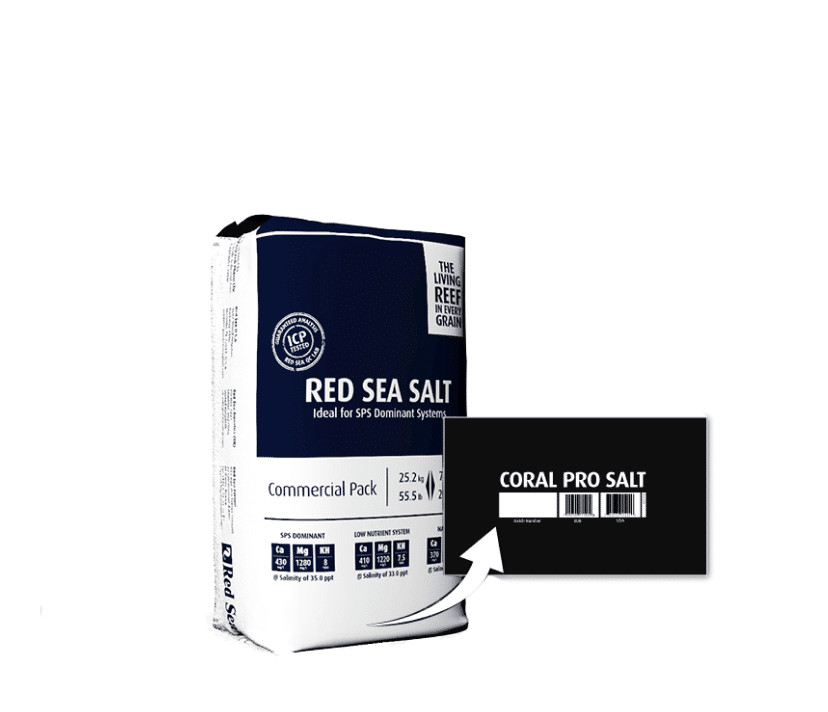MyBatch™
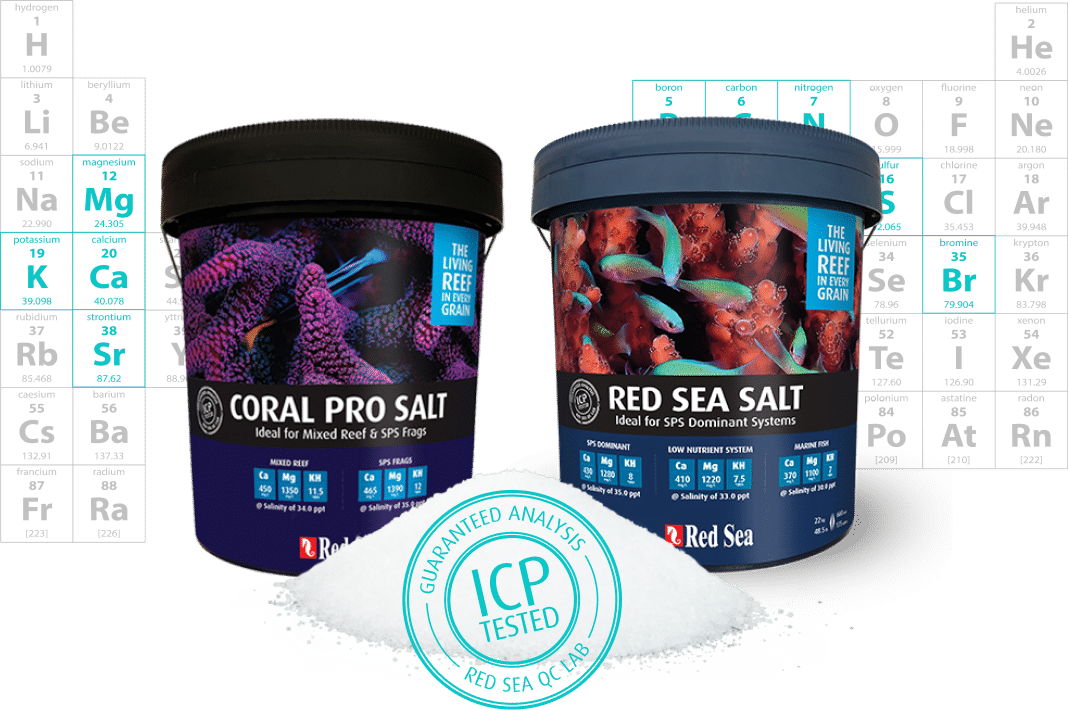
Welcome to MyBatch™, a unique service from Red Sea, providing Red Sea salts users easy access to the chemical analysis of the specific batch of salt which they have purchased (as tested by our QC lab).
Good water chemistry is the most basic element of reef keeping and you deserve more than blind faith to ensure that you are getting exactly what you need.
Red Sea is one of the few salt manufacturers that state on their packages an accurate, guaranteed range of all of the parameters that will be achieved when mixing our salts according to the mixing instructions.
We are able to achieve this as our salts are produced according to a highly controlled, small-batch production process, that guarantees both a high level of homogeneity within each batch, as well as consistency from batch to batch. The process is monitored by thorough quality control testing in our laboratory, that includes state-of-the-art ICP analysis, calibrated specifically for the unique composition of seawater.
The accuracy of our salt production and analysis is consistently reliable – if you follow all the mixing instructions and adjust the salinity using a correctly calibrated seawater refractometer (such as Red Sea’s REEF-SPEC Refractometer), you will be able to use your salt mix to check the reliability of your marine and reef test kits.

Test your bucket:
*MyBatch™ service is available only for salts produced as of January 2015
**MyBatch™ is available only for 7kg, 22kg buckets and 22kg & 25kg bags
***The batch number is a 10 digit number and can be found on the outside of the product (see example hereunder)
7kg/55 gal and 22kg/175gal buckets
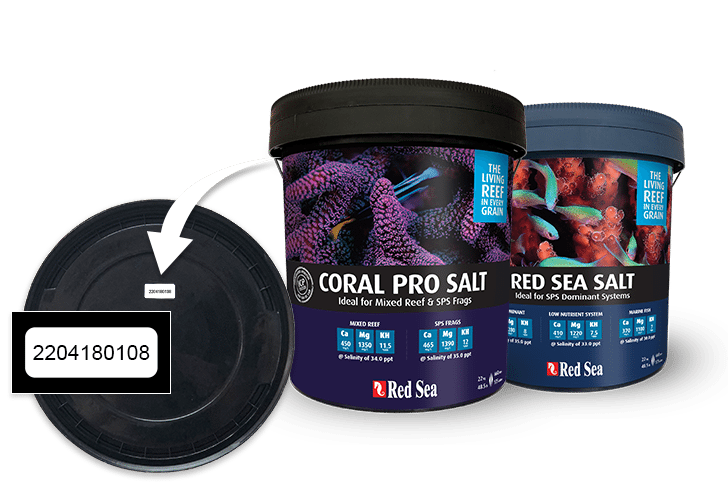
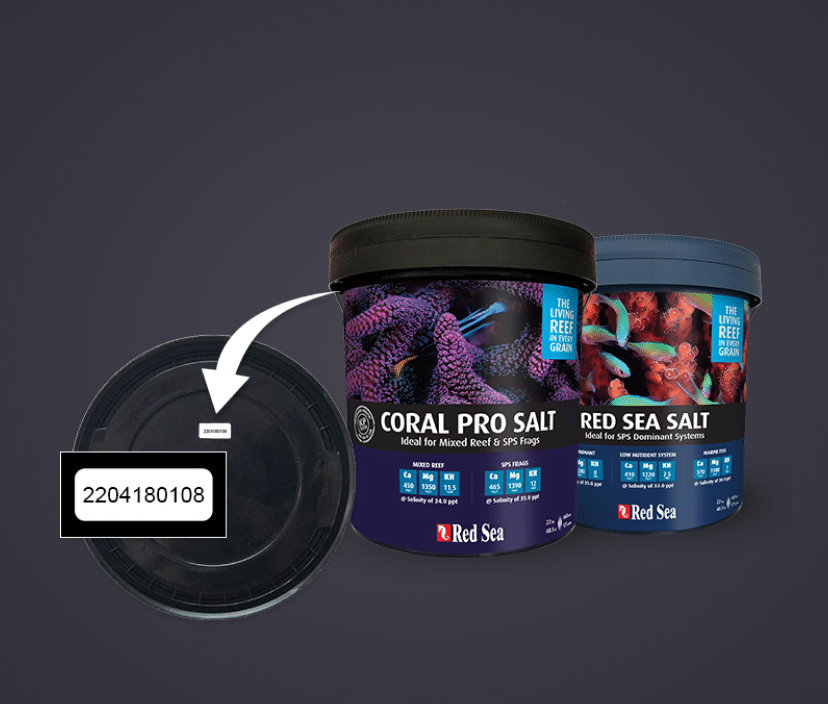
22kg/175 gal and 25kg/200gal bags
